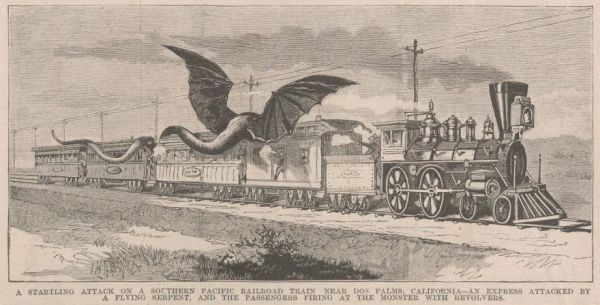
As the saying goes, frog pizza is proof that God loves us and wants us to be happy. The Independent reports that this is an option at some Pizza Hut restaurants in China. The thick crust pizza is topped with a bed of parsley, serving as the frog's grassy home. The whole bullfrog is fried and served below two halves of a hard boiled egg which are decorated with black olives so that they resemble eyeballs.
It is unfortunate that this culinary masterpiece is available only in China. As an American, I fear that we are slipping behind China in pizza technology.
-via Dave Barry







